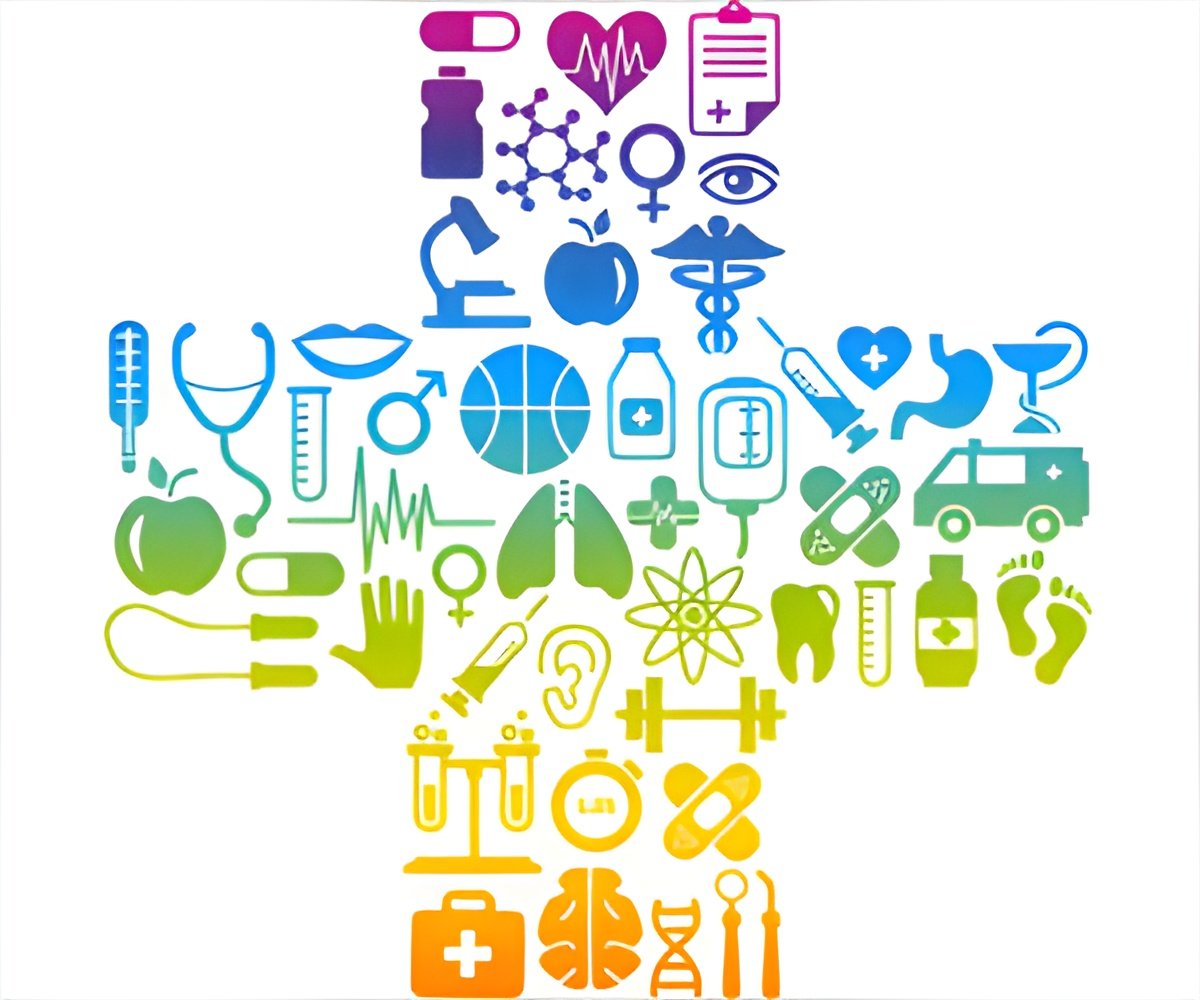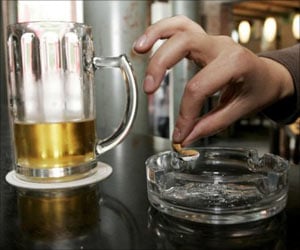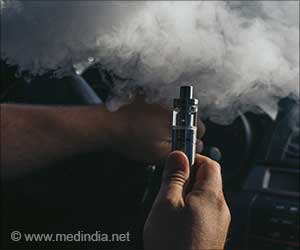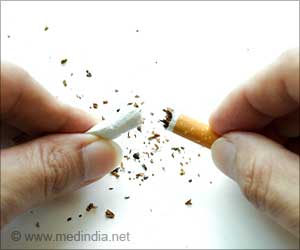A new test for club drugs like ketamine can detect low levels of drugs in urine and plasma, making it faster, easier and cheaper to identify them.

‘Currently there is no standard screening test for club drugs like ketamine. A new test can help detect low levels of such drugs in urine and plasma, making it faster, easier and cheaper to identify them.’





Ketamine is traditionally an animal tranquilizer. It causes users to hallucinate. Used as a date rape drug in recent years, ketamine works as a sedative, provides pain relief and causes memory loss. When people with ketamine intoxication attend hospital emergency services, their symptoms can be mistaken easily for alcohol intoxication, resulting in them being given the wrong treatment. It is vital to develop new tests to detect psychoactive substances, in order to keep up with - and even get ahead of - trends in drug use. The new study describes, for the first time, a fast, simple and fully validated method to detect ketamine in urine and plasma. The research is the result of a collaboration between Universidade da Beira Interior and Instituto Nacional de Medicina Legal e Cincias Forenses in Portugal, and Universidad de Santiago de Compostela in Spain.
Dr. Eugenia Gallardo, lead author of the study from Universidade da Beira Interior in Portugal, said, "These drugs are difficult to analyze - we see a lot of versatility in the molecules and new drugs are appearing almost every month; traffickers are always one step ahead of the authorities. Analytical methods for detecting drugs in biological samples play a decisive role, and their reliability is a matter of great significance in forensic and clinical toxicology."
The new test uses a method called gas chromatography-tandem mass spectrometry (GC-MS/MS), which is often used in drug detection, fire investigation and environmental analysis. The researchers extracted ketamine and the main substance produced when it breaks down, called norketamine, from 0.25mL of urine and plasma samples.
Using the new method, they could detect amounts of the drug as low as 5 nanograms per milliliter. Being able to detect the drug in such small samples at low levels is helpful for forensic labs, since they would be able to run multiple tests on a single sample. What's more, the test only takes around 30 minutes from start to finish, making analysis faster and helping doctors ensure the right treatment is administered.
Advertisement
Source-Eurekalert















